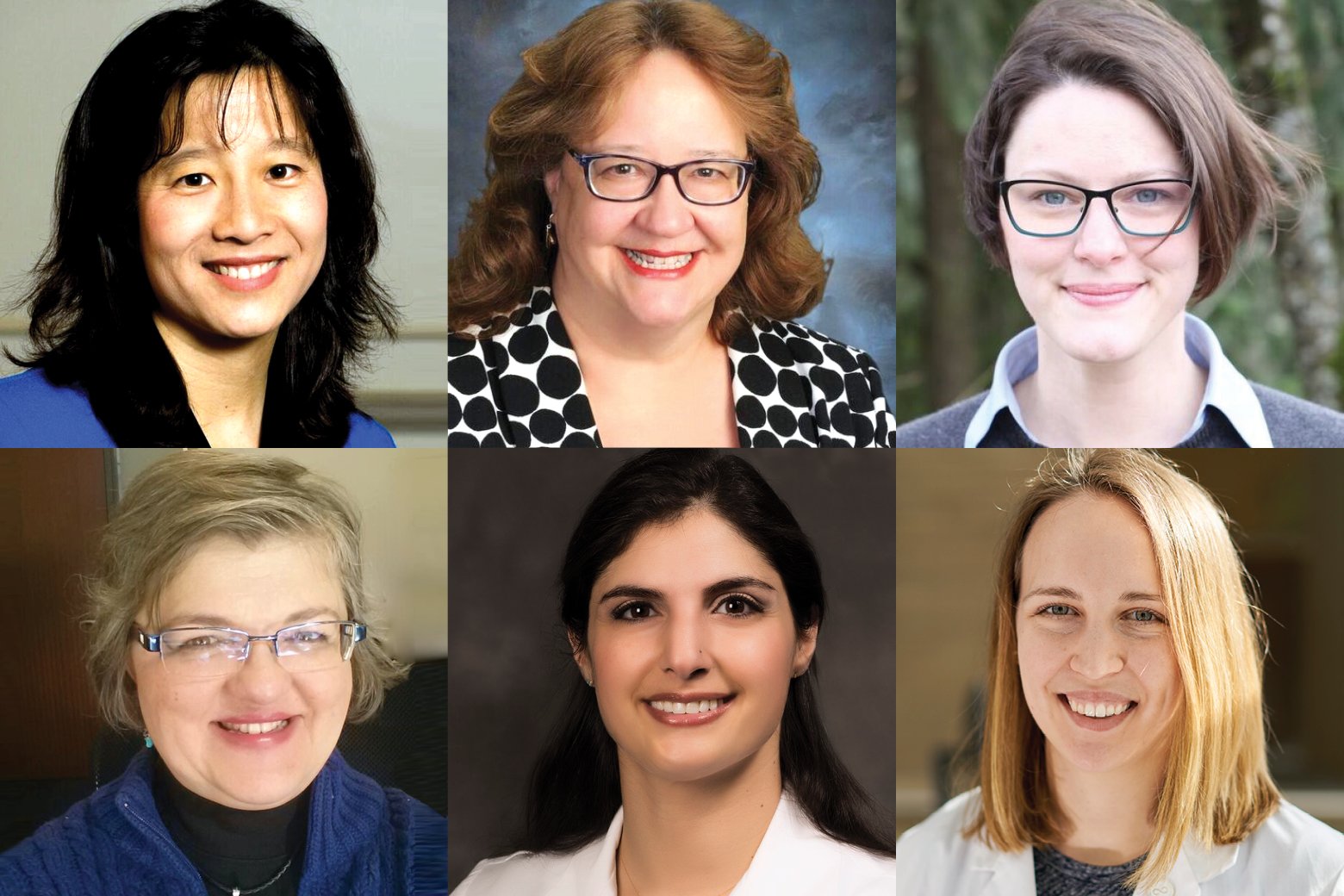For the first time last year, women accounted for more than half of students entering medical school. Yet the number of practicing female physicians over the past decade has remained below 35 percent. With an increase in the number of women in medicine, the disparities associated with training, promotion and retention remain. Is there gender bias in medical student evaluations, and why are women leaving medicine during their training years?
These are questions that two teams of researchers—from Washington University School of Medicine (WUSM) in St. Louis, and the American Medical Women’s Association (AMWA), respectively—will set out to answer with the help of grants from the Joan F. Giambalvo Fund for the Advancement of Women.
The AMA Women Physicians Section (AMA-WPS) hosts Women in Medicine Month each September to acknowledge pioneering women, celebrate their accomplishments and help cultivate future female physicians. The GiambalvoFund is administered by the AMA Foundation on behalf of AMA-WPS, and awards scholarships of up to $10,000 to health care researchers to identify and address issues that affect women physicians and medical students.
Since 2006, the AMA-WPS and AMA Foundation have granted 25 research awards on topics such as flexible work options, and the promotion and retention of diversity in medical education.
These are the research projects the teams of women in medicine from WUSM and the AMWA are working on.
Gender bias in medical student evaluations
“Prior to becoming a resident, I was not aware of problems related to gender equity,” said Arghavan Salles, MD, PhD, assistant professor of minimally invasive surgery at WUSM. “Only when I became a resident did I see that effort and intelligence were not necessarily what was always rewarded.”
“When I began medical school, I quickly noticed that women in my class were interrupted in group discussions more frequently than men, and that their ideas were more often attributed to others,” said Maren Loe, a medical student at WUSM.
“By examining the written evaluations of medical students on core clerkships, we plan to uncover the ways in which evaluators may write differently about men and women,” said Dr. Salles.
“Since these comments are used in the Dean’s Letter for residency applications, any disparities might negatively impact women’s applications,” Loe said.
“While others have examined gender bias in other evaluative contexts—for example, entrepreneurs applying for funding from venture capital firms—no one has yet looked specifically at medical student evaluations,” Dr. Salles said. “We hope to raise awareness of gender bias broadly and to help evaluators and clerkship directors mitigate bias in their evaluations in the interest of justice.”
Women leave medicine during training years
“Despite increasing numbers of women entering the medical profession over the past decade, the percentage of active women physicians has made only marginal gains,” said the AMWA team of researchers. “This trend speaks to the persistence of a leaky pipeline for women which occurs at all stages of their medical careers.”
The team of researchers includes:
- Eliza Lo Chin, MD, MPH, executive director of the AMWA and assistant clinical professor of medicine at the University of California, San Francisco.
- Roberta Gebhard, DO, AMWA president-elect and co-chair of the organization’s task force on gender equity.
- Mary Rojek, PhD, chair of the AMWA’s Sex and Gender Health Collaborative.
- Mollie Marr, medical student at Oregon Health & Science University, and AMWA student president-elect.
“The study will provide an important opportunity to learn about women’s experiences during medical training, how we might improve their experience, and how the health care environment could be more responsive to the needs of all trainees,” the team said in its award application. “We hope the findings from this study will guide subsequent research that will analyze in more depth the factors which influence women to leave medicine at various stages of their careers.”
Show your support for Women in Medicine in September by posting photos of yourself at work or in the classroom using the hashtag #WIMMonth.




